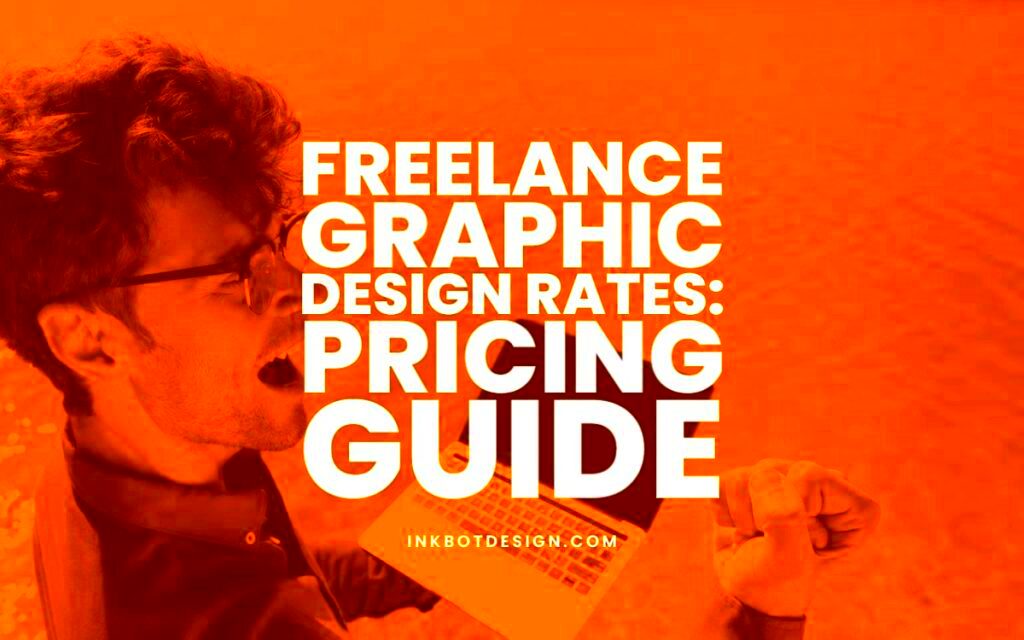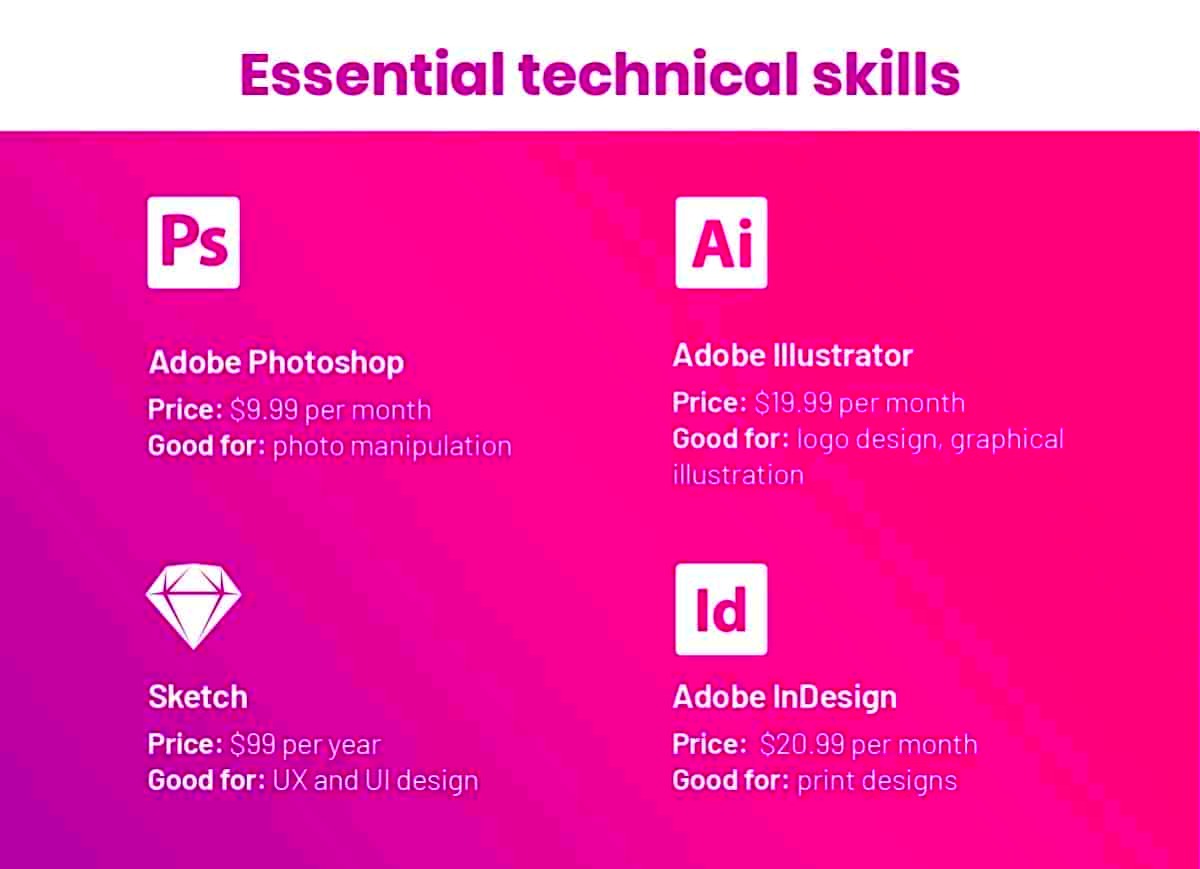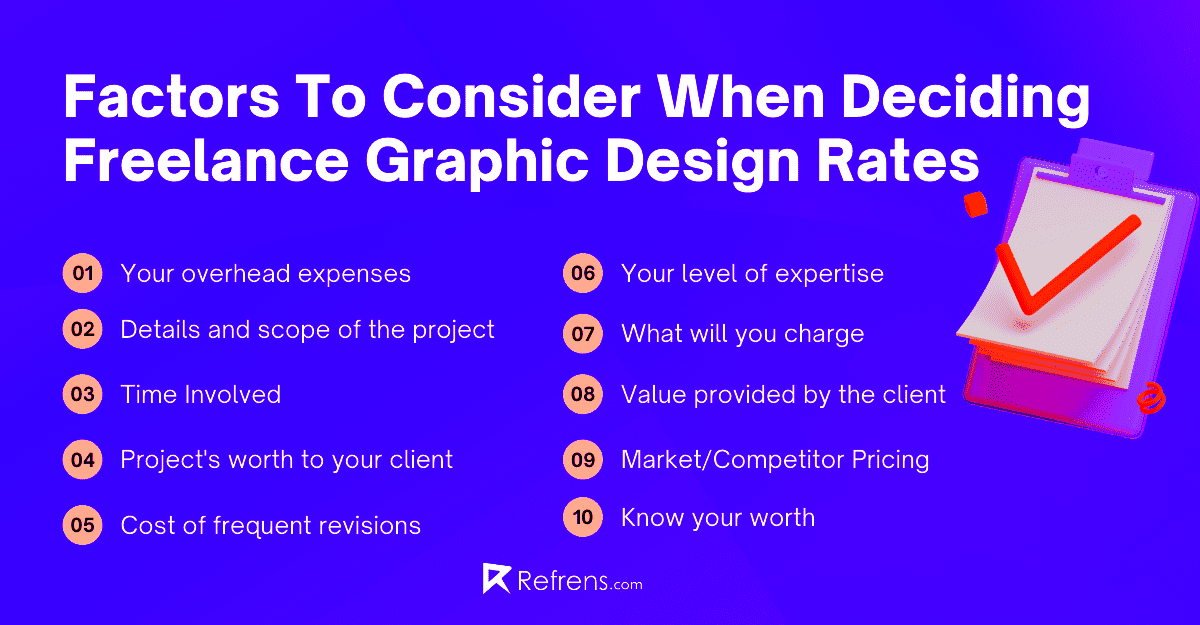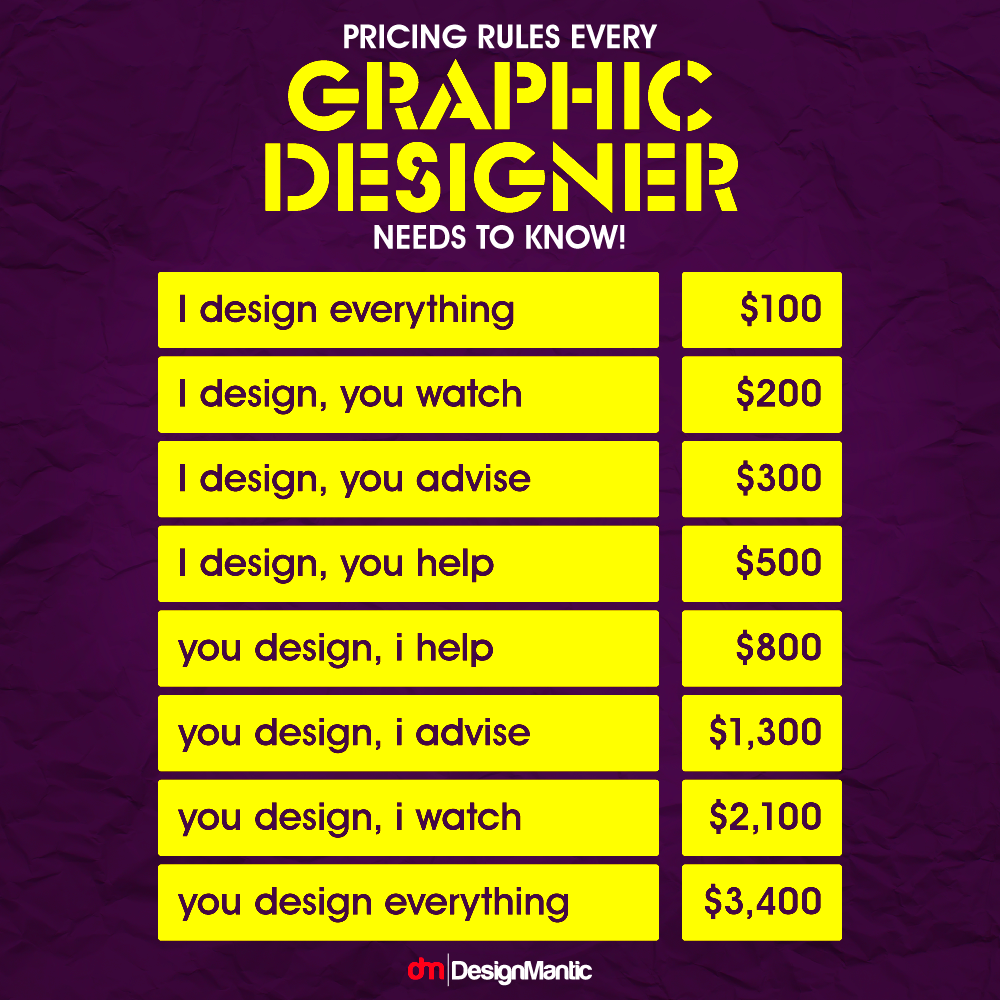Freelance graphic design is an exciting field where creativity meets business. Designers work independently, creating visual content for clients across various industries. This could include logos, websites, marketing materials, and much more. As a freelance graphic designer, you get to set your schedule and choose the projects that interest you. However, determining how much to charge can be tricky. In this post, we will explore the factors that influence graphic design charges and help you understand the different pricing models available in the industry.
Factors That Affect Graphic Design Charges

When setting your rates as a freelance graphic designer, several factors come into play. Understanding these can help you price your services appropriately:
- Experience Level: Newer designers may charge less than those with years of experience. As you build your portfolio, you can justify higher rates.
- Project Complexity: More complex projects that require advanced skills or longer time frames typically warrant higher fees.
- Client Budget: Consider the budget of your clients. Some may have a higher willingness to pay for quality work.
- Market Demand: If graphic design services are in high demand, you may be able to charge more.
- Location: Your geographical area can influence pricing. Designers in larger cities often charge more due to higher living costs.
Also Read This: How to Make Big Money on Fiverr
Understanding Different Pricing Models for Graphic Design

Freelance graphic designers can choose from several pricing models. Each has its pros and cons, so it’s essential to pick the one that suits your style and your clients’ needs:
| Pricing Model | Description | Best For |
|---|---|---|
| Hourly Rate | Charge clients based on the number of hours you work. | Projects with uncertain scope. |
| Flat Rate | Set a fixed price for the entire project. | Clearly defined projects. |
| Retainer Fee | Receive a regular fee for ongoing work. | Long-term clients needing consistent services. |
| Value-Based Pricing | Charge based on the value the project brings to the client. | High-impact projects with clear ROI. |
Choosing the right pricing model can enhance your earning potential while ensuring client satisfaction. Consider experimenting with different approaches to see what works best for you.
Also Read This: How Much Does Fiverr.com Cost?
How to Set Your Rates as a Freelance Graphic Designer

Setting your rates as a freelance graphic designer is both an art and a science. It requires a balance between what you believe your work is worth and what the market can bear. Here are some steps to help you set competitive rates:
- Assess Your Skills: Take an honest look at your skills and experience. Are you a beginner, or do you have years of experience? Your rate should reflect your expertise.
- Research the Market: Look at what other designers in your area or niche are charging. Websites like Fiverr, Upwork, or even local job boards can give you insights into current rates.
- Consider Your Costs: Factor in your living expenses, software subscriptions, and any other costs you incur while running your business. Make sure your rates cover these expenses.
- Set a Range: Instead of a fixed rate, establish a range that you can work within. This flexibility allows you to negotiate with clients based on project scope.
- Be Transparent: Communicate your rates clearly with potential clients. Transparency builds trust and can lead to long-term relationships.
Remember, it’s okay to adjust your rates as you gain more experience and build a strong portfolio. Keep evaluating and adapting to ensure your rates reflect your growing skills.
Also Read This: How to Write a Fiverr Description That Attracts Clients
Market Rates for Graphic Design Services

Understanding market rates for graphic design services is crucial for setting your pricing strategy. While rates can vary widely based on location and expertise, here’s a general overview of what you might expect:
| Service Type | Average Rate |
|---|---|
| Logo Design | $100 - $500 |
| Website Design | $500 - $5,000 |
| Social Media Graphics | $50 - $300 per set |
| Business Card Design | $50 - $200 |
| Marketing Brochure Design | $300 - $1,500 |
Keep in mind that these rates are averages and can vary based on factors like complexity, experience, and market demand. Always do your homework to stay competitive.
Also Read This: How to Extend a Fiverr Deadline
Examples of Services and Their Suggested Charges
As a freelance graphic designer, you can offer a variety of services. Below are some examples of common services along with their suggested charges:
- Branding Package: This includes logo design, color palette, and typography guidelines. Suggested charge: $1,000 - $3,000.
- Infographic Design: Visual representation of information or data. Suggested charge: $200 - $800.
- Email Newsletter Design: Engaging design for email campaigns. Suggested charge: $150 - $600.
- Print Ad Design: Creating ads for magazines or newspapers. Suggested charge: $300 - $1,000.
- Packaging Design: Design for product packaging, including boxes and labels. Suggested charge: $500 - $2,000.
These examples can guide you when pricing your services. Remember, it’s important to tailor your charges based on the specific needs and budget of each client.
Also Read This: How to Check Views of Gig on Fiverr
How to Communicate Your Value to Clients
As a freelance graphic designer, it’s crucial to convey the value of your work to clients. Clients often want to know why they should choose you over others. Here are some effective ways to communicate your value:
- Showcase Your Portfolio: Create a strong portfolio that highlights your best work. Include a variety of projects that demonstrate your skills and versatility.
- Explain Your Process: Walk clients through your design process. Explain how you gather requirements, develop concepts, and revise based on feedback. This transparency can build trust.
- Highlight Results: Share case studies or testimonials that showcase how your designs have positively impacted clients. Mention any metrics, like increased sales or improved engagement.
- Be Professional: Communicate in a professional manner. Use clear language and respond promptly to inquiries. This professionalism reflects your commitment to quality.
- Educate Clients: Many clients may not understand design principles. Take the time to explain why certain design choices are made and how they benefit the project.
By effectively communicating your value, you not only justify your rates but also build long-term relationships with clients who appreciate your expertise.
Also Read This: What a Freelance 3D Artist Typically Makes
Tips for Adjusting Your Charges Over Time
As a freelance graphic designer, it's important to adjust your charges as you grow in experience and skill. Here are some tips to help you make these adjustments smoothly:
- Regularly Review Your Rates: Set a schedule, such as every six months, to review your rates. This helps you stay aligned with market trends and your growing expertise.
- Consider Inflation: Factor in inflation when adjusting your prices. Over time, costs increase, and your rates should reflect this change.
- Celebrate Milestones: When you complete significant projects or achieve new skills, consider this a good time to raise your rates. This shows that your expertise is evolving.
- Get Feedback: Talk to clients about your rates. If they consistently express satisfaction with your work at current rates, it might be time to increase them.
- Be Gradual: When raising your rates, do so gradually. A small increase each year can be easier for clients to accept than a large jump.
Adjusting your charges doesn’t have to be stressful. By keeping your clients informed and providing great value, you can grow your income over time.
Also Read This: What Freelance Software Engineers Typically Make
Frequently Asked Questions
Here are some common questions that freelance graphic designers often encounter:
- What is the average rate for freelance graphic designers?
Rates can vary widely, but many freelancers charge between $25 to $150 per hour, depending on their experience and location. - How do I know if I am charging too much or too little?
Research the market rates in your area and compare your skills to others. Getting feedback from clients can also provide insight. - Should I charge by the hour or by the project?
It depends on the project. For well-defined projects, a flat fee might be best. For ongoing work or projects with unclear scope, hourly rates can be more suitable. - How can I negotiate my rates with clients?
Be confident in your skills, and present your value clearly. Listen to the client’s budget and be open to finding a solution that works for both parties. - When should I raise my rates?
Consider raising your rates every six months to a year, especially after gaining new skills, completing significant projects, or if the market trends upward.
These FAQs can help clarify some common concerns about freelance graphic design rates and practices. Always remember that open communication with clients is key to building successful relationships.
Conclusion on Suggested Charges for Freelance Graphic Design
Setting the right charges for your freelance graphic design services is essential for your success and sustainability in the industry. It’s important to assess your skills, research market rates, and choose a pricing model that reflects your value while meeting client expectations. Remember to communicate the benefits of your work effectively, and be open to adjusting your rates as you gain experience and expertise. By staying informed about industry trends and consistently delivering high-quality work, you can build a solid reputation and foster long-term relationships with clients. Ultimately, fair pricing and clear communication will pave the way for a successful freelance career in graphic design.




